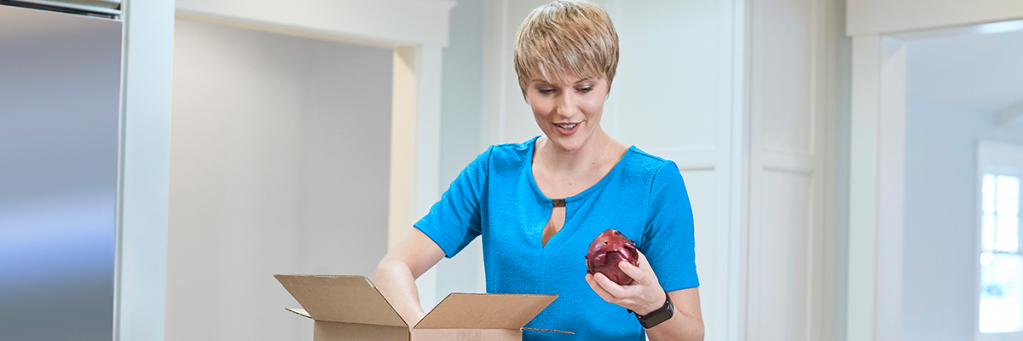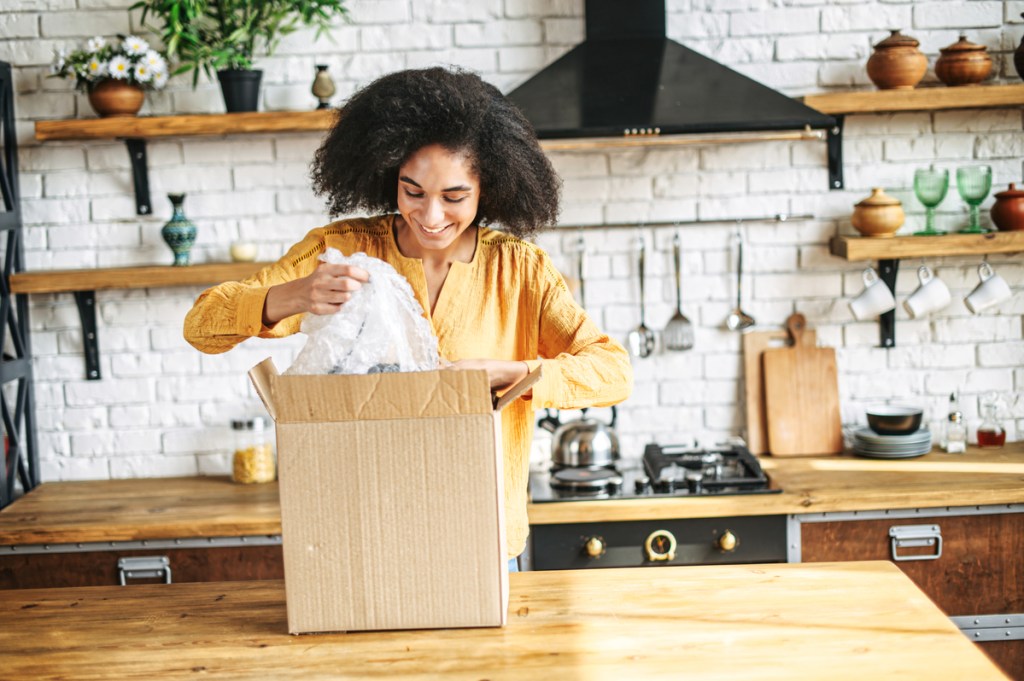The term “convenience store” is poised to take on an entirely new meaning. Historically, it’s been used to refer to the local brick-and-mortar retailer often just a few blocks from your home. But today, our increasing reliance on e-commerce has transformed online shopping into the convenience store of the future. And that has critical implications for brands and retailers.
After eight months of consumer focus on safety and availability amid the COVID-19 pandemic, e-commerce has become the shopping channel of choice for a surplus of new customers. Going forward, those customers will increasingly expect everything online that they’d expect at their local convenience store: ease of use, product availability and expediency.
“The quest for convenience in consumers’ time-starved lives previously made online an attractive solution, but with vastly altered COVID-19 circumstances becoming further entrenched, consumers’ situations and expectations have changed,” says Ailsa Wingfield, executive director, Nielsen Intelligence Unit. “This will require a rethink of how to deliver ease, speed and utility, not only for home-bound shoppers, but also for those tapping into online shopping for more immediate solutions.”
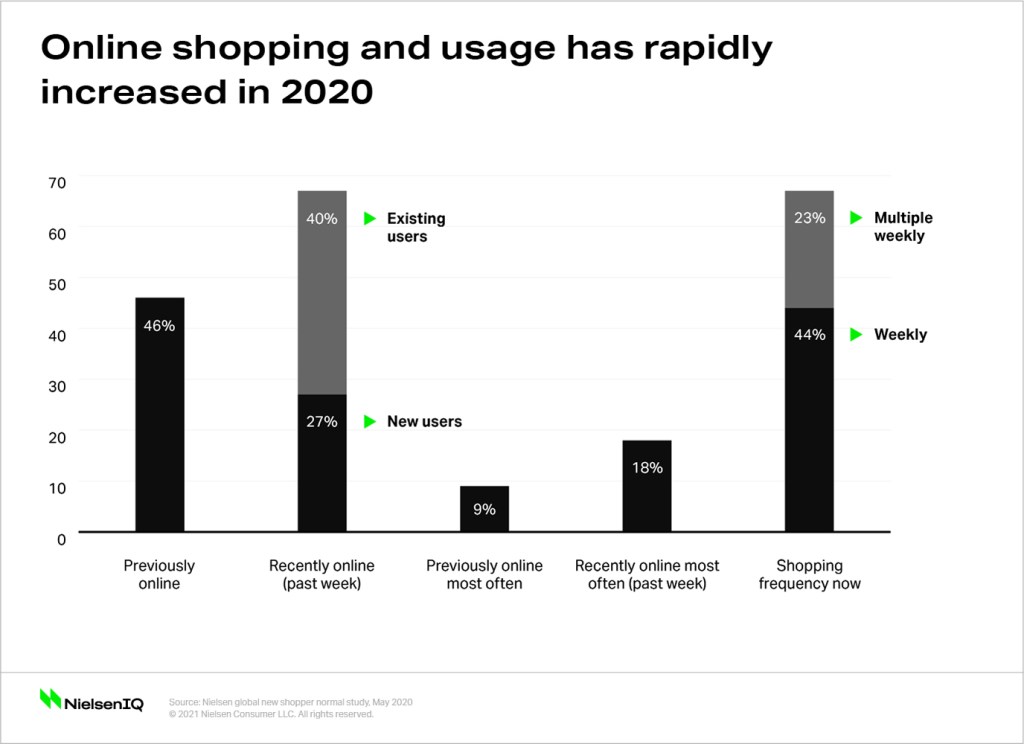
Speed will be the biggest convenience hurdle for brands and retailers to deliver on as consumer expectations about online shopping rise, especially in impulse categories. In a brick-and-mortar world, for example, hungry consumers can simply stop at the local convenience store to (in some countries) fuel up or grab a snack. In our COVID-19 tinged reality, mealtimes still exist, but now they’re more likely to happen at home, which leaves a gap for brands and retailers to cover.
“In the new lunchtime economy, taking people out of the office or away from their traditional routines doesn’t mean they no longer need instant, snackable solutions,” says Wingfield. “With fundamentally changed living, working, entertaining and socializing conditions, people are going to look for fast ways to meet all of their needs quickly, but in the context of their new situations and environments.”
Instant gratification becomes a significant consideration as online becomes the vehicle to meet rising consumer expectations, especially in the FMCG space. Before the pandemic, the average consumer typically accepted delivery timetables for what they were—or they paid extra for faster delivery. In the throes of lockdown, we understood that delays and out-of-stocks were simply a fact of life. Today, nearly at the end of 2020, online shopping has become ingrained in our daily routines, and our expectations for service, supply and delivery are growing far less forgiving than they were in March.
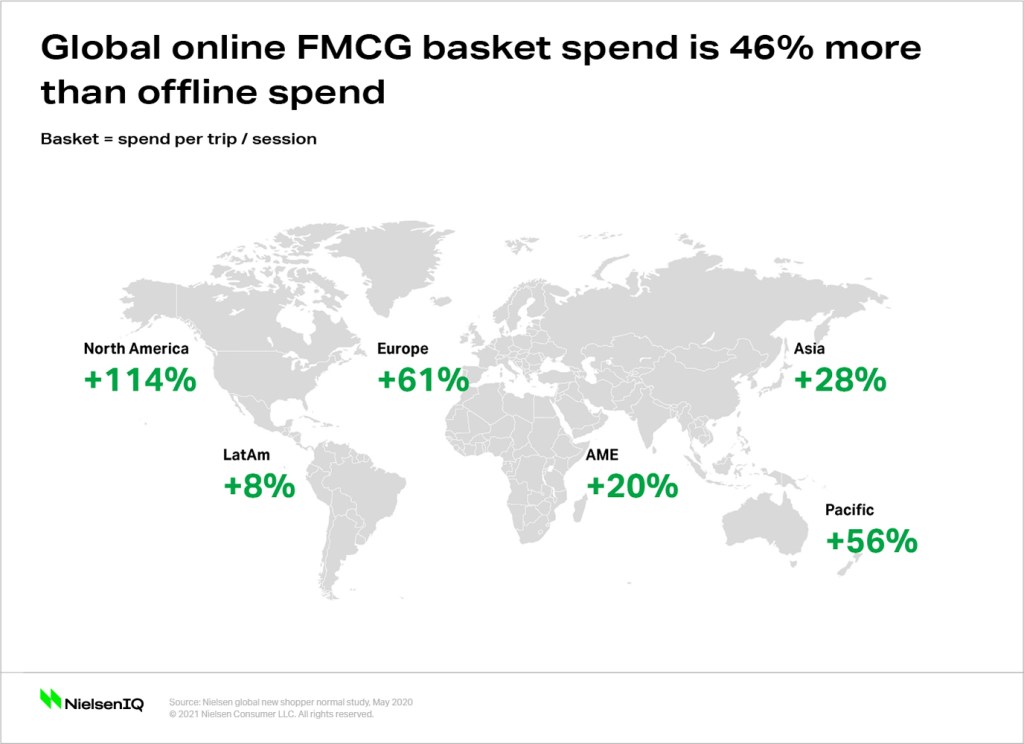
Some brands are already thinking about how to adapt to meet the new omnichannel normal. Amazon, for example, recently developed a solution that fairly and equitably allows consumers to reserve a space in line (virtually) in case demand spikes and capacity runs low. An array of coffee retailers now offer contactless delivery, just as many fast- and quick-serve restaurants do. The impulse buy, however, remains a relatively untapped online opportunity for brands. Unilever, for example, has partnered with an array of delivery services to deliver its Magnum ice cream bars, and Pepsi recently launched two DTC platforms for pandemic shoppers, one of which bundles products from the company’s popular impulse categories.
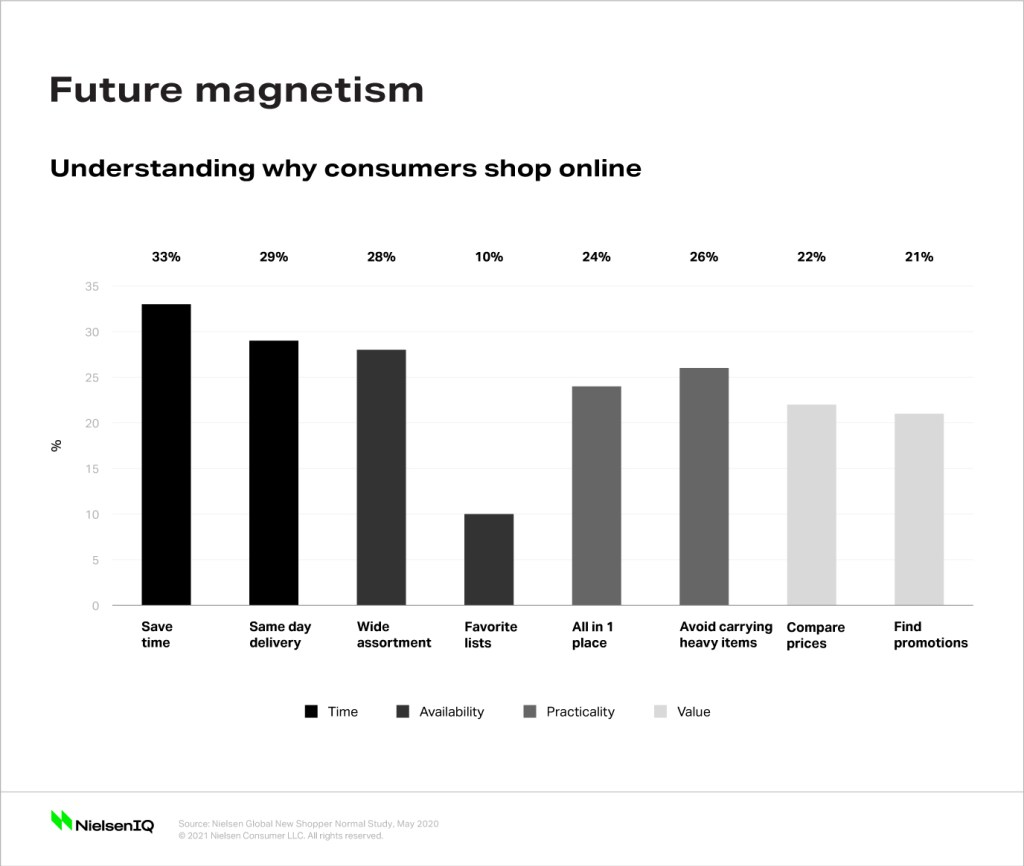
It will also be important for brands and retailers to stay focused on the individual needs and expectations of different consumer groups. For example, our South Korea Shopper Study from earlier this year found that online shoppers in their 20s in that market are most interested in value for their money and fast delivery “within six-hour” delivery timetables, while those in their 30s and 40s are more interested in a diverse product range and immediate delivery. The older consumers also want speedy delivery, but are more likely to plan ahead and are comfortable with 24-hour delivery time frames.
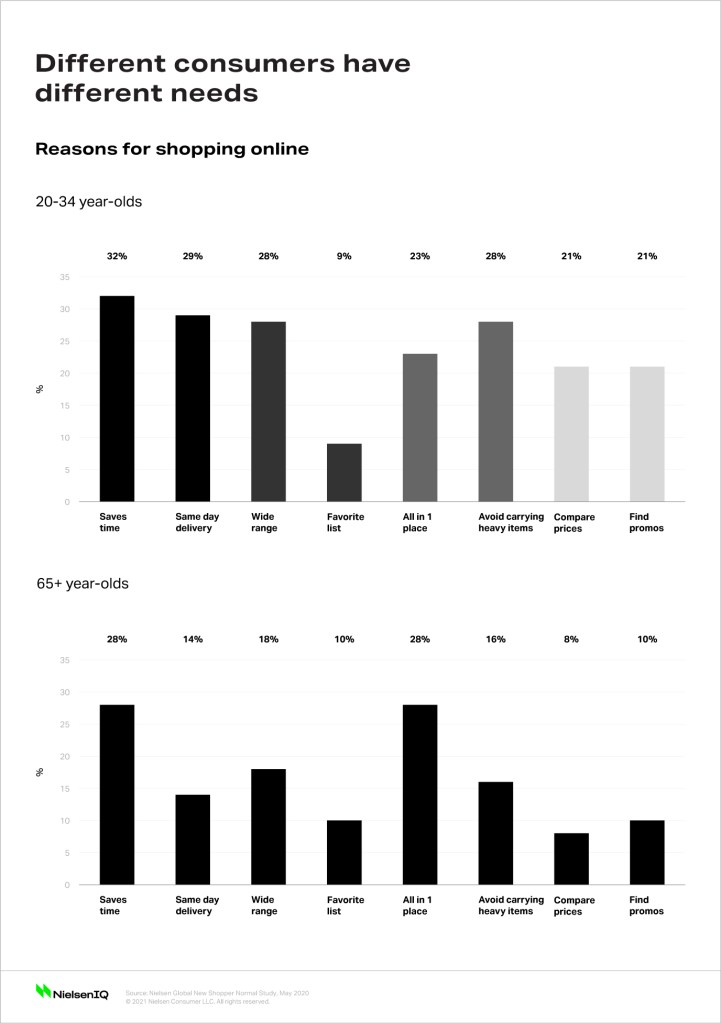
E-commerce was certainly not born out of the pandemic, but the pandemic has elevated consumer adoption and reliance in ways that would have otherwise taken years. Consequently, brands and retailers now need to innovate to meet elevated expectations.
The premise of convenience hasn’t changed between January and today, but the ways in which brands deliver on the premise will need to. Smart companies will use data to assist in this shift, helping consumers use single clicks to deliver items more quickly, benefit from AI-curated groups of varied categories based on previous individual orders and receive complete solutions that save time and myriad web and app orders.
